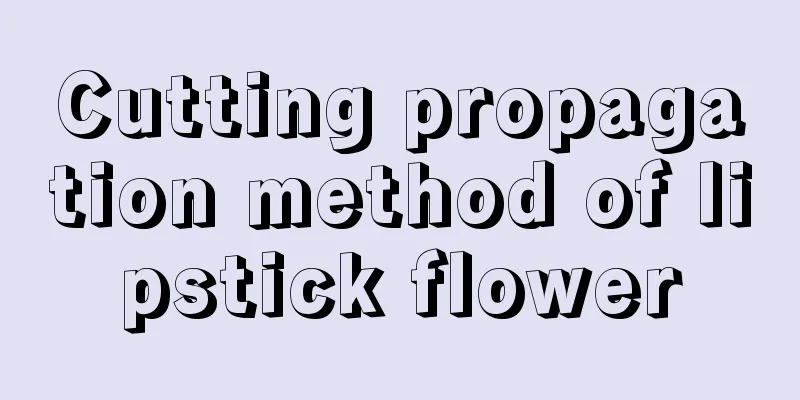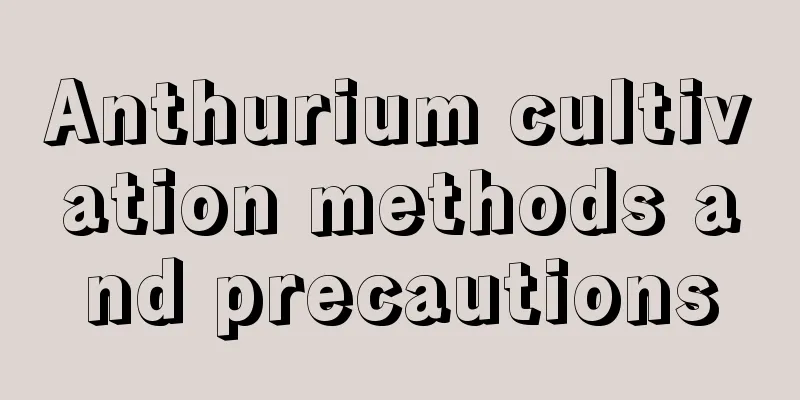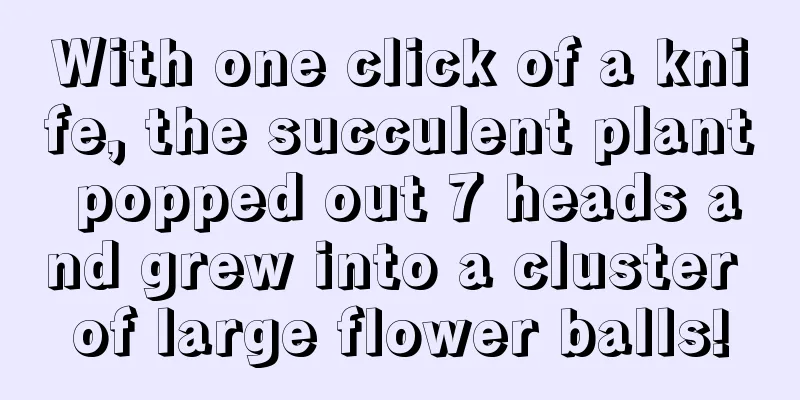Diseases and pests of June snow and their control methods

Diseases and prevention methods of June snowCuscutaA climbing herb that parasitizes on the snow lily. Its vines wrap around the trunk and branches of the snow lily, causing strangulations on the entangled branches. The vines of the dodder form suction cups at the strangulations to absorb nutrients from the snow lily branches. Dodder grows very fast and will continue to branch out, climb the plant, and intertwine with each other, eventually covering the entire plant. Prevention and treatment methodsFor severely damaged plots, deep plowing should be carried out every year. Seeds buried less than 3 cm will not be easy to unearth. In late spring and early summer, the plants should be inspected and any dodder found should be removed and destroyed along with weeds and affected parts, as well as any bridging shoots and wild plants. At the peak period of seed germination, spray 1.5% sodium pentachlorophenol and 2% promethazine solution on the soil, and then spray once every 25 days, for a total of 3-4 times, which can effectively prevent the emergence of dodder seedlings. Pests and control methods of June snowsnailsSnails usually cause serious damage in May and June, when the June snow is about to enter the flowering period, causing damage to the leaves and stems, and then causing the leaves to fall off. The growth of the June snow will weaken, threatening the entire plant. Prevention and treatment methodsIt can be sprayed with 1500 times diluted 58% Fengleiji emulsion. Root rot sometimes occurs. When the disease first occurs, you can use 600-1000 times diluted 12% copper rosinate emulsion, or 800 times diluted 50% root rot agent to irrigate the roots and spray the leaves. Spray (irrigate) once every 3-5 days, and spray (irrigate) 3-4 times in succession. Scale insectsScale insects are mealybugs with strong reproductive capacity and can reproduce multiple generations every year. May is the peak breeding period. The disease often occurs on the edges or backs of leaves, but it can also occur on the surface of leaves. Scale insects use their mouthparts to pierce the leaves and suck the sap from the leaves. If the damage is minor, the leaves will turn yellow and old, affecting the growth of the plant; in severe cases, the leaves will gradually wither and fall off until the entire plant dies. Prevention and treatment methodsUse 1000 times diluted 40% oxydemeton-methyl, 1000 times diluted 50% DDT, 3000 times diluted 2.5% cypermethrin for spraying for prevention and control, spray once every 7-10 days, and spray 2-3 times continuously. |
<<: Common pests of creeping sedge and their control methods
>>: Tuberose Pests and Control Methods
Recommend
How to grow potatoes quickly and produce high yields?
Potato, also known as potato , is an important fo...
What kind of fertilizer is good for Milan base fertilizer (base fertilizer application method)
Milan base fertilizer effect Milan is mainly fert...
How to water the red luck
Key points for watering your head when you have g...
Lettuce planting time and method
Lettuce planting time Lettuce prefers a cool envi...
She only used three wooden sticks and spent 10 days to grow the green ivy into a waterfall. How did she do it?
How to make a three-legged green radish column? S...
Cultivation methods and maintenance of old rose piles
How to grow roses into old piles Rose is a plant ...
When does the multi-headed chrysanthemum bloom (introduction to the flowering period)
1. When The flowering period of multi-headed chry...
How to propagate figs
Cutting propagation Cuttings are usually carried ...
What fertilizer is best for camellia? Compound fertilizer makes it grow faster.
If you want camellia to bloom more flowers, the u...
Does Dancing with the Wind need to be watered after planting? The correct way to water it
1. Do you need to water? After planting the Danci...
Okra planting time and management methods
Okra , as a popular vegetable , not only has a un...
Gyokuro Beheading Tutorial
1. Beheading Method 1. Preparation for beheading:...
The roadside cinders and sawdust can be used for cuttings, and roots will grow in minutes.
cinder Everyone knows that coal slag is best used...
How often should we water asparagus fern? How often should we water asparagus fern in autumn and winter?
Asparagus fern is a representative of the "e...
What to put in water to make green radish grow well
1. Nutrient solution If you want the plant to gro...









